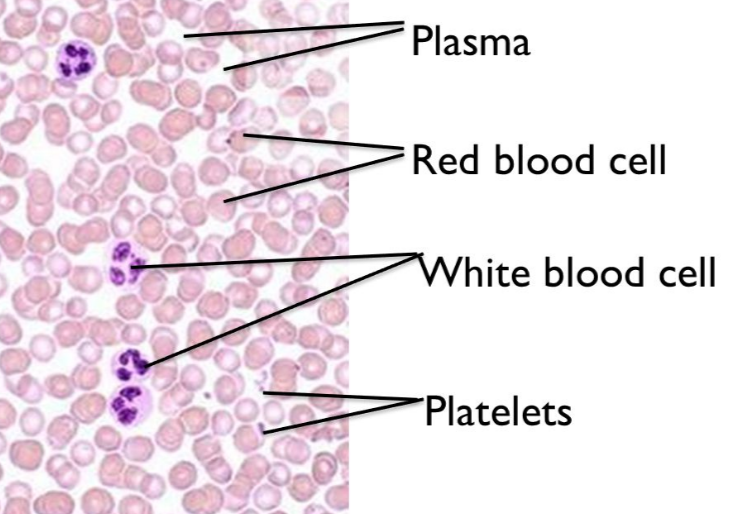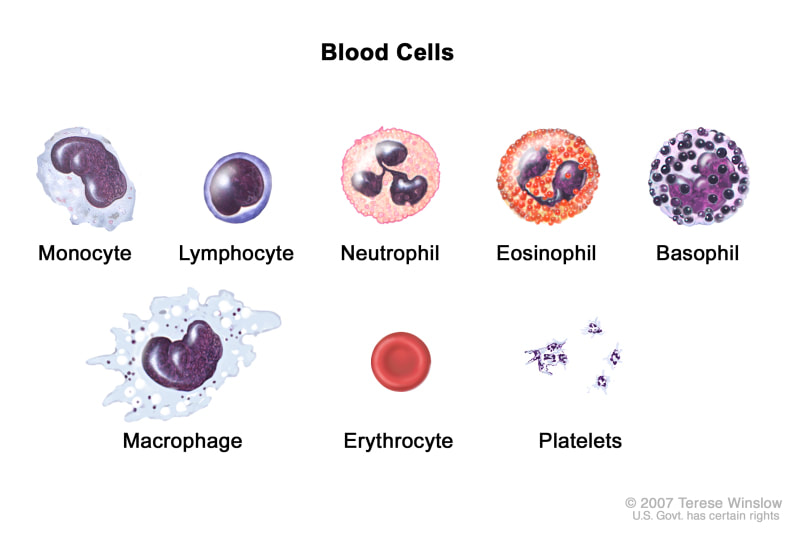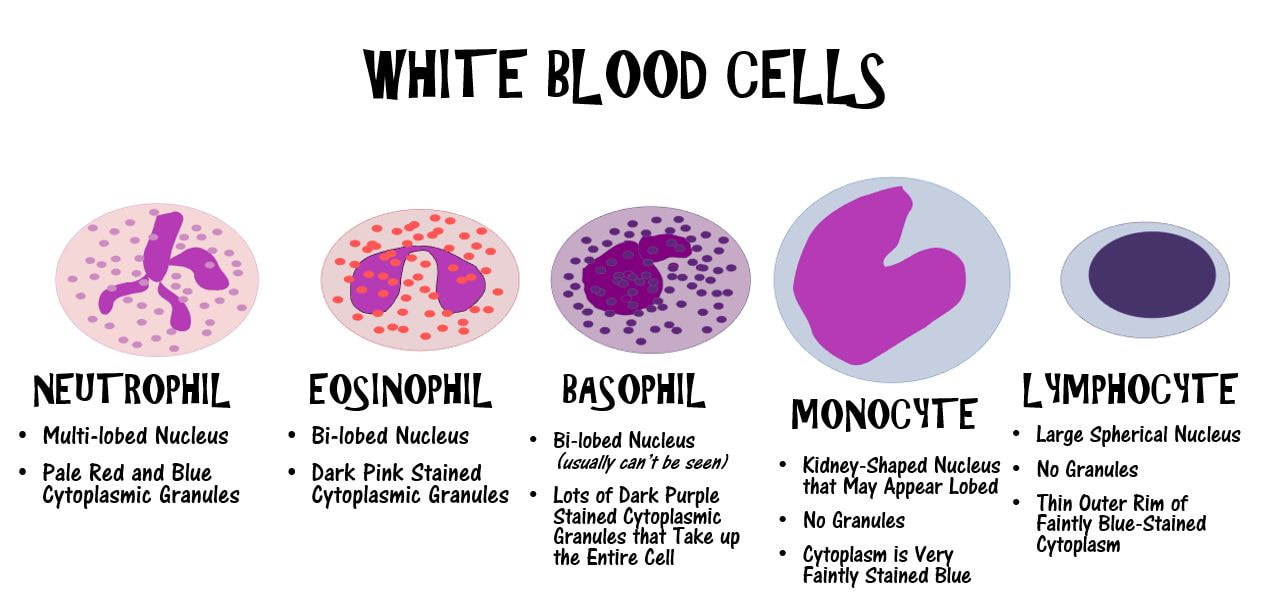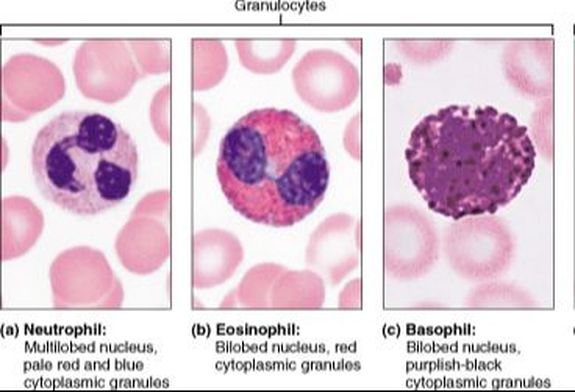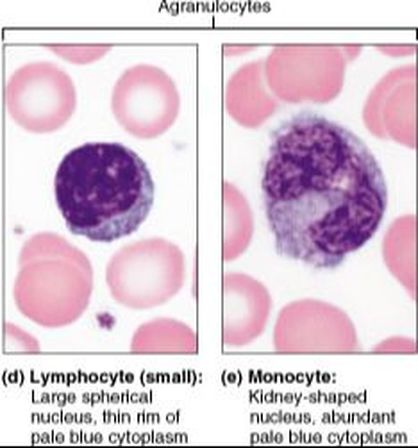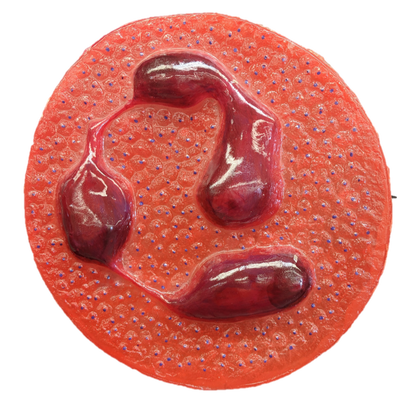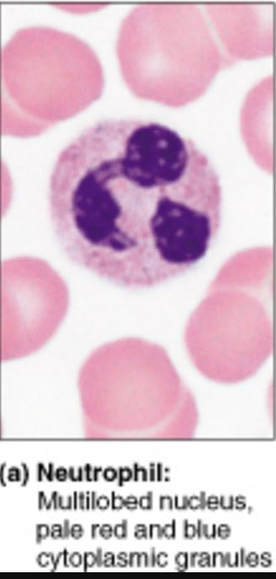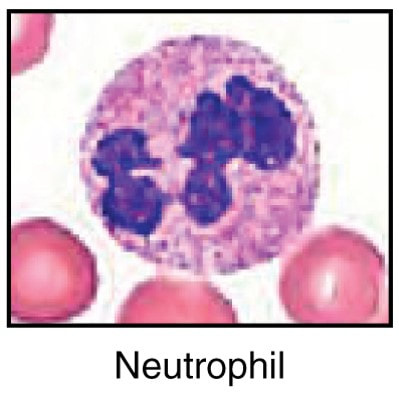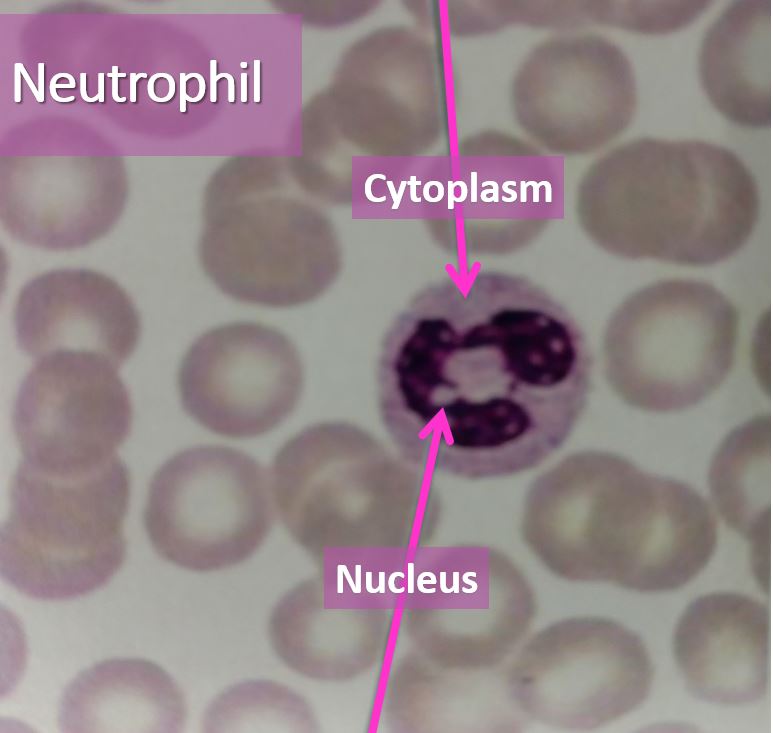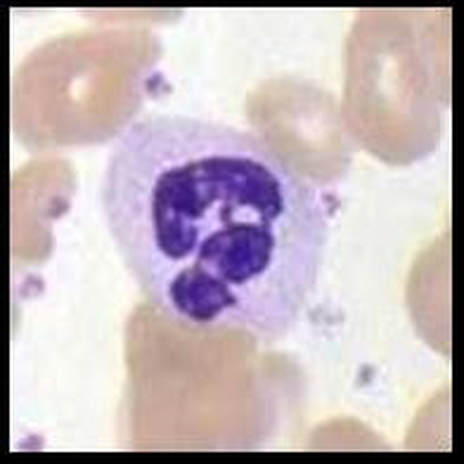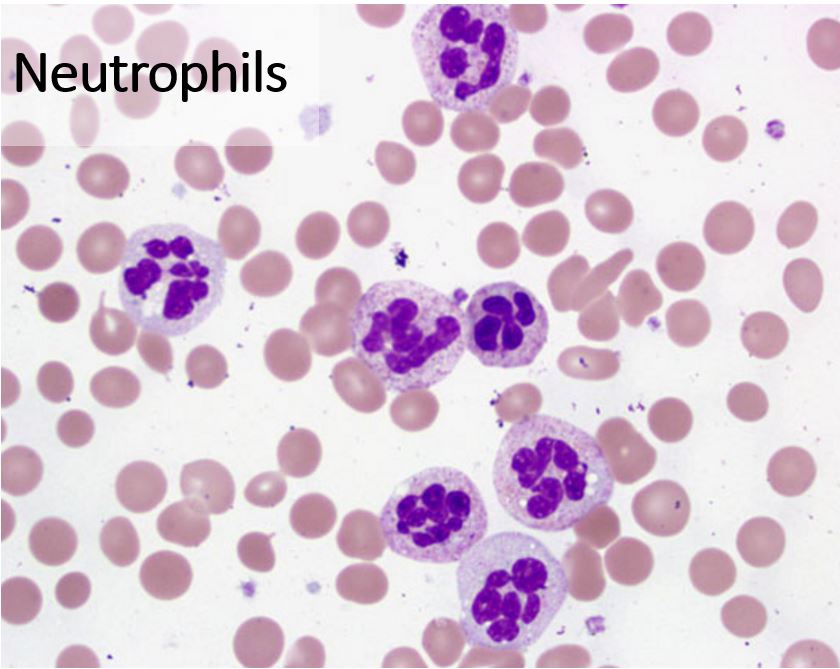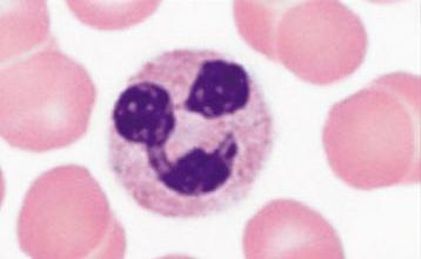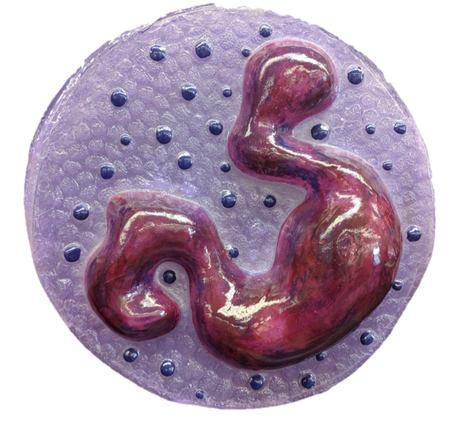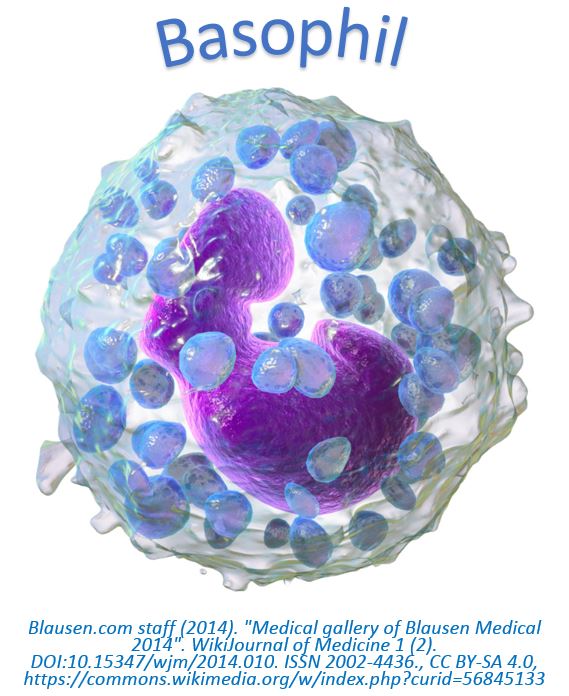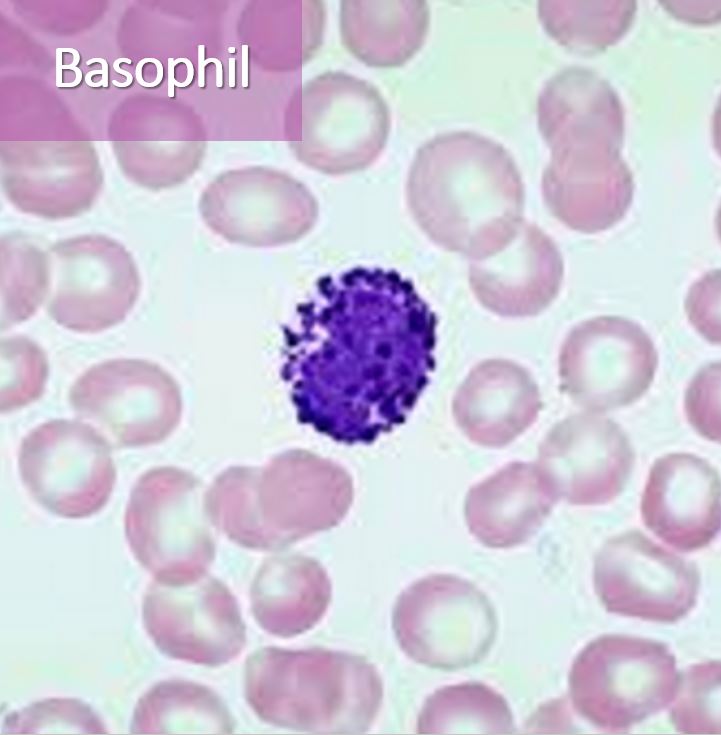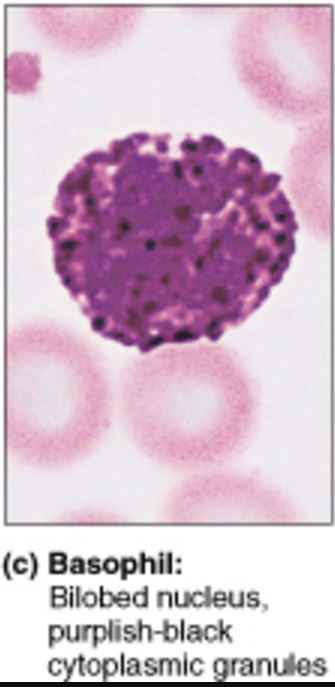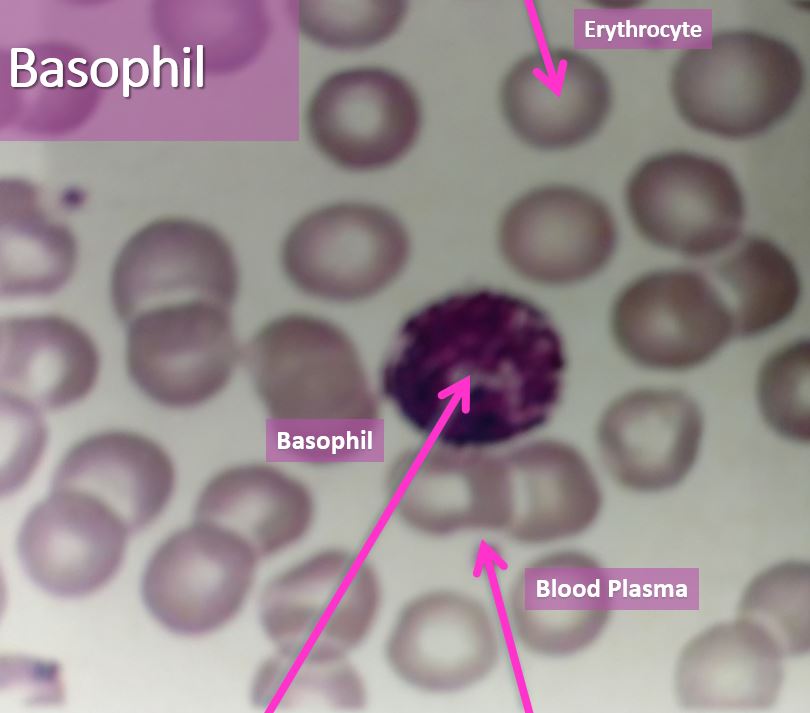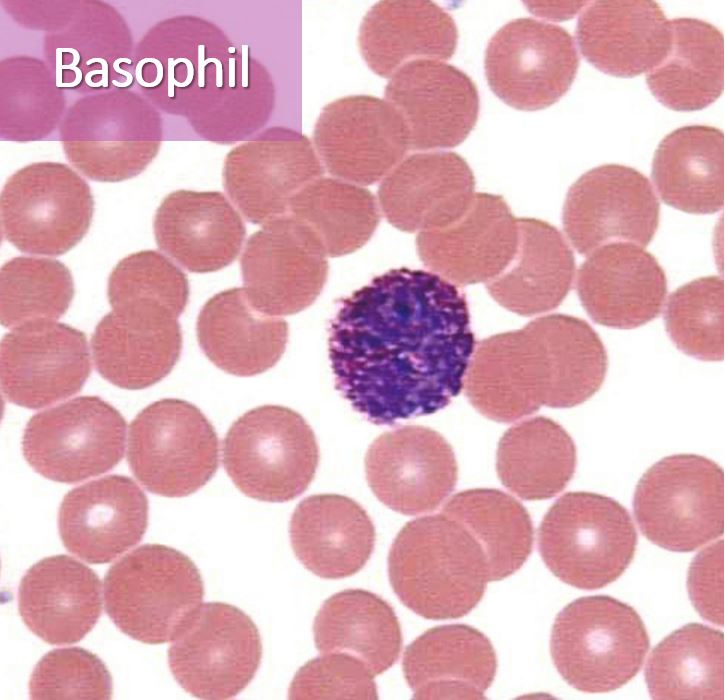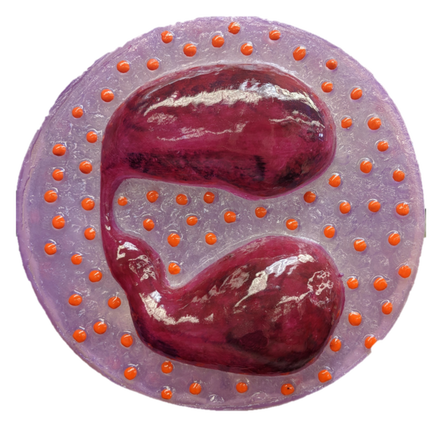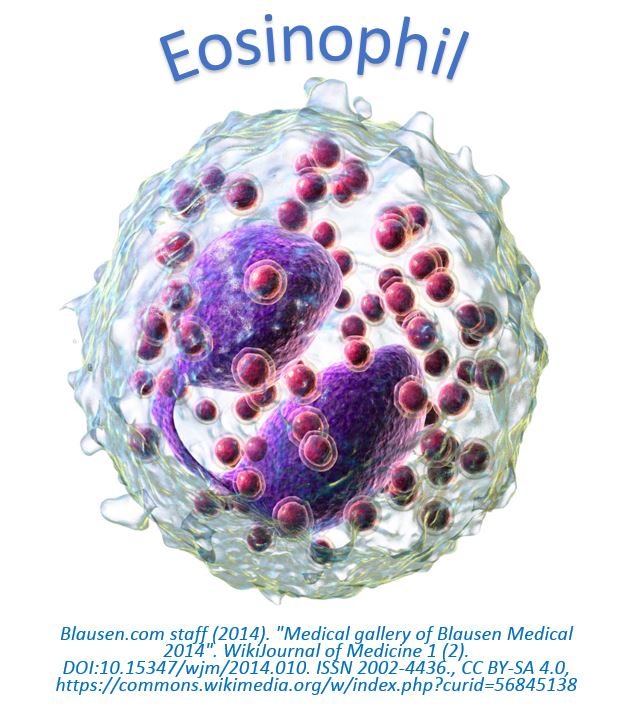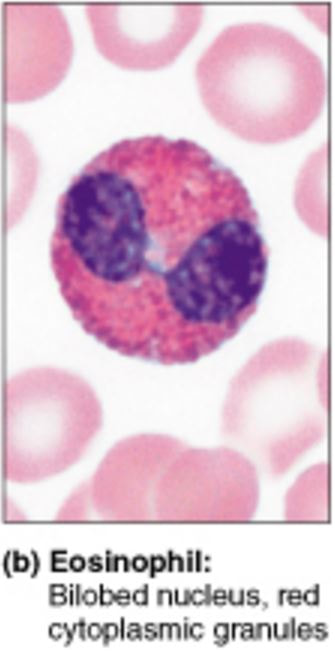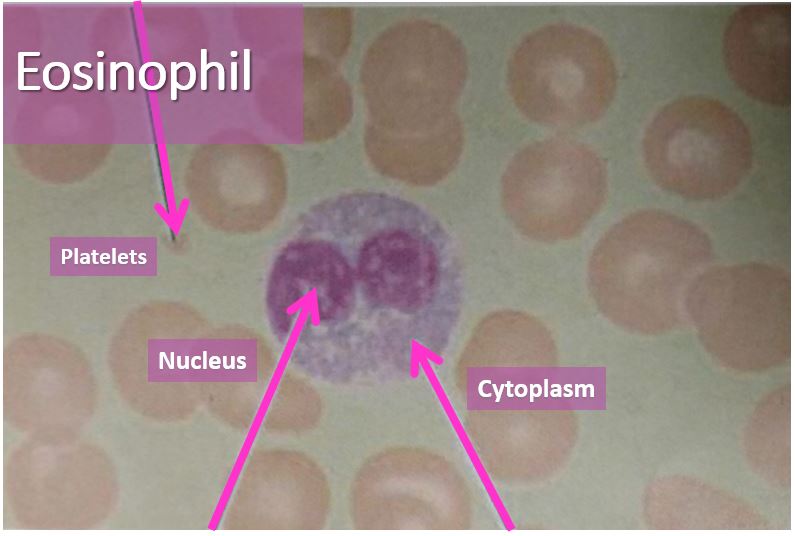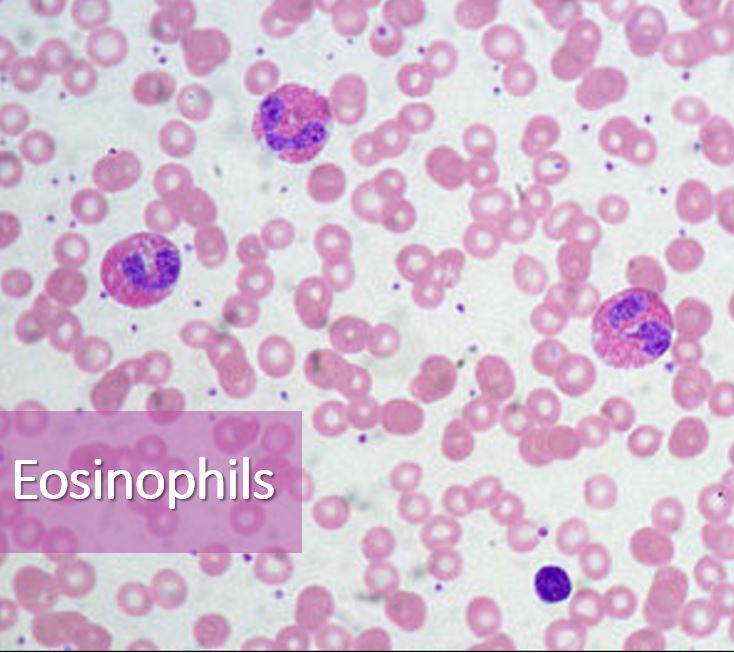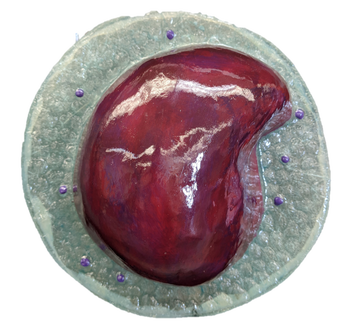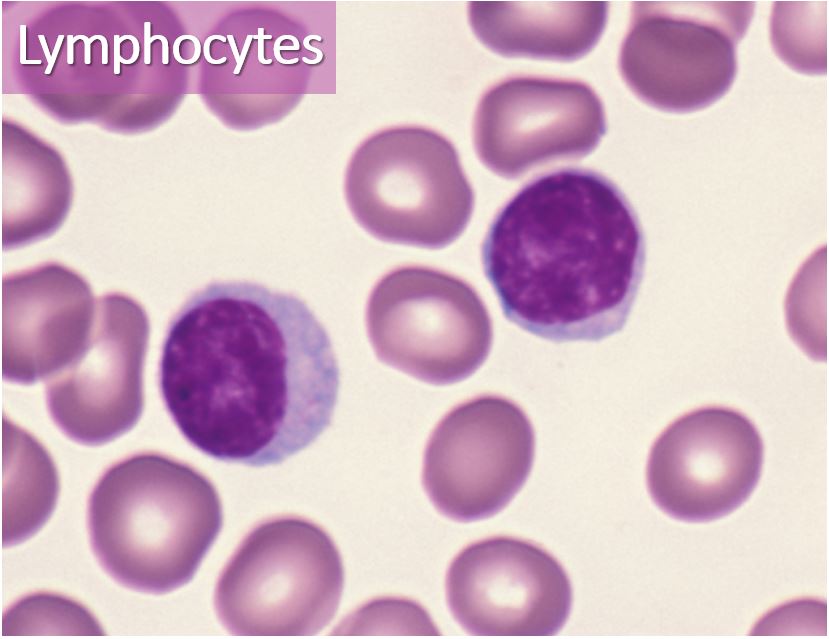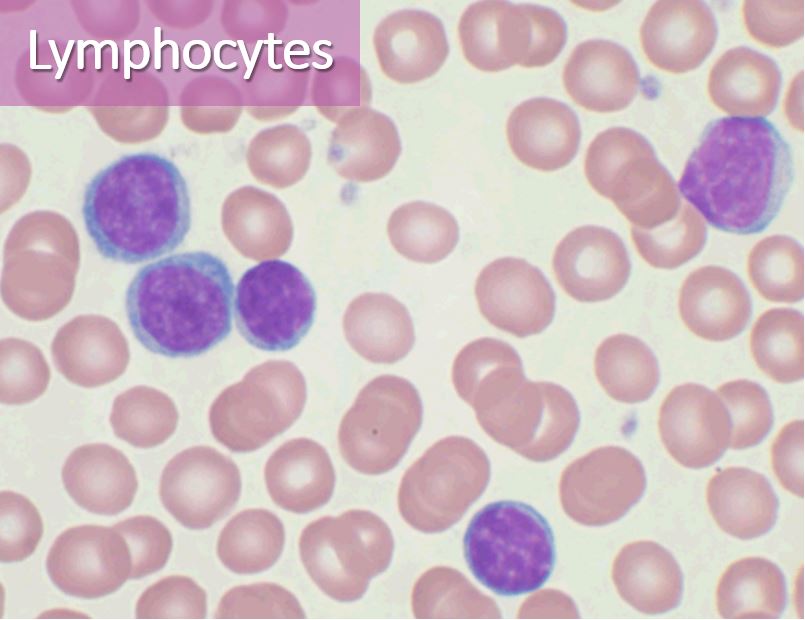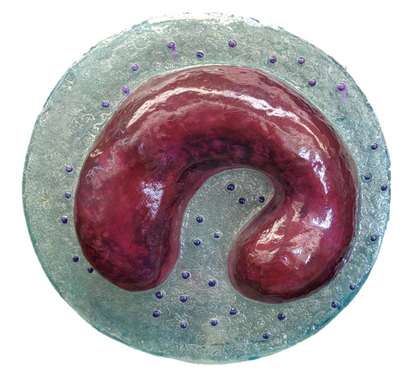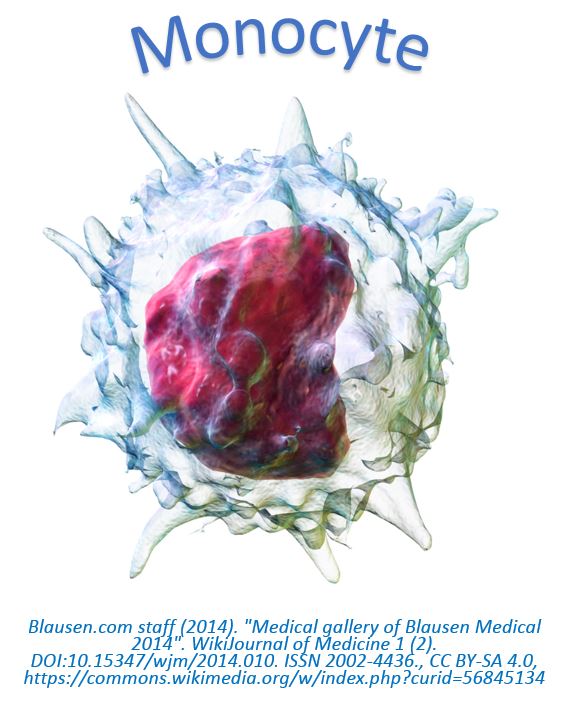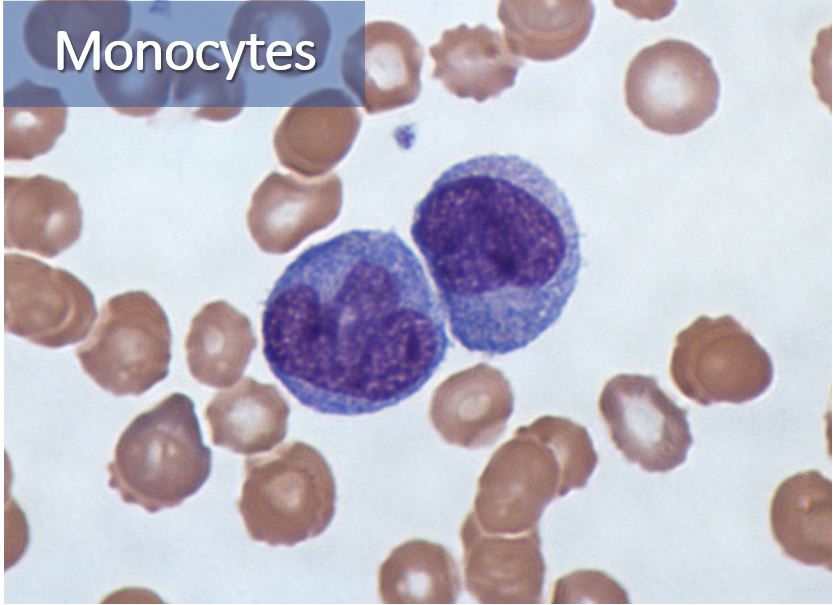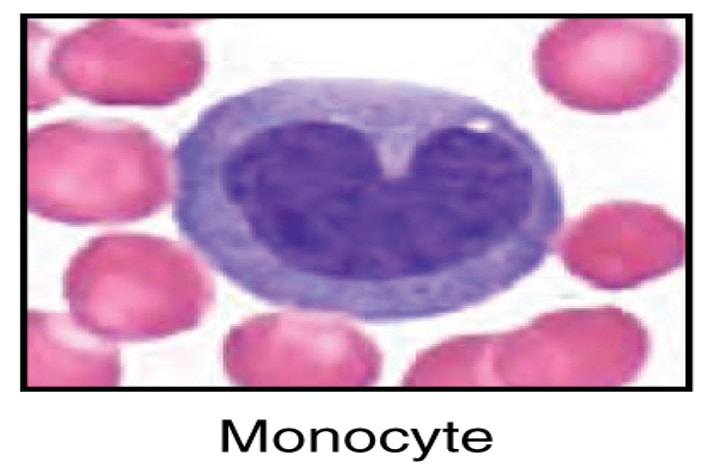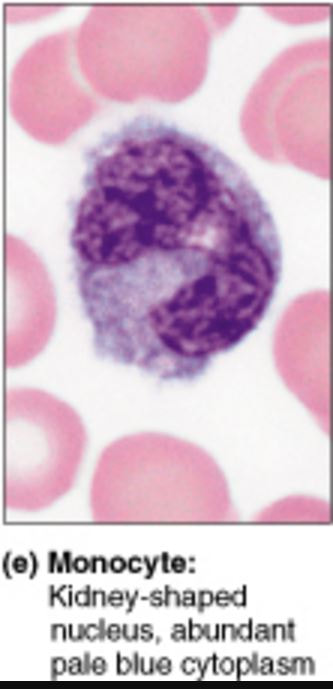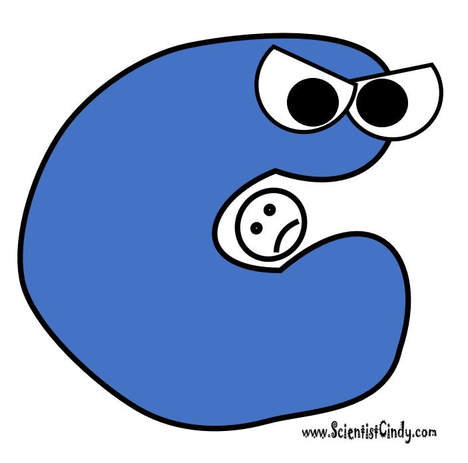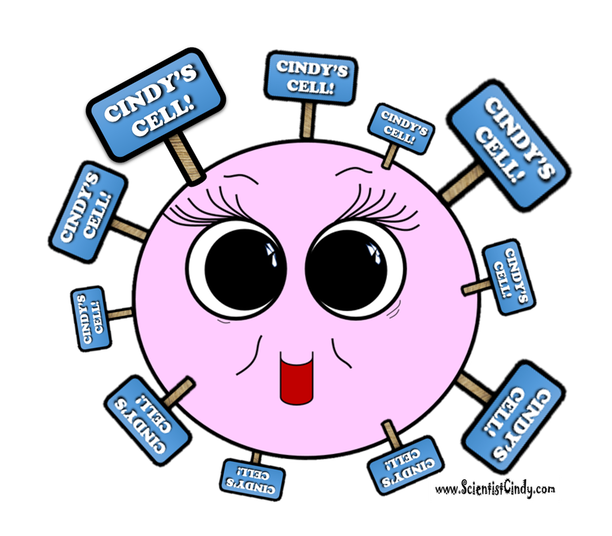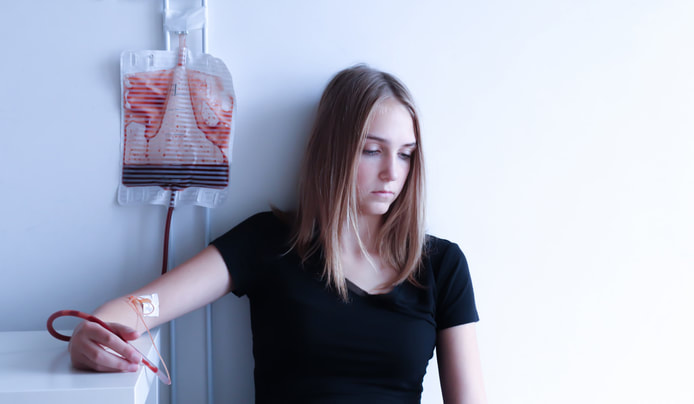BLOOD CELLS
BLOOD CELLS
Blood Plasma
Blood plasma functions to transport nutrients, hormones, and proteins to the cells of the body.
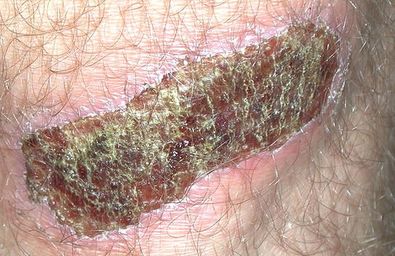
Thrombocytes (Platelets)
Thrombocytes (platelets) get their name from the Greek words for "clot" and "cell". This name explains their function, which is to assist blood clotting at the site of injury, to prevent excessive bleeding. Another word for "clotting" is "coagulation".
Thrombocytes (platelets) get their name from the Greek words for "clot" and "cell". This name explains their function, which is to assist blood clotting at the site of injury, to prevent excessive bleeding. Another word for "clotting" is "coagulation".
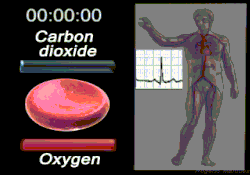
THE RED BLOOD CELLS (ERYTHROCYTES)
The proper name for Red Blood Cells is Erythrocytes. Red blood cells are short-lived and do not have a nucleus. The main function of the erythrocytes is to transport oxygen to the cells of the body and to take away carbon dioxide from the cells.
Red blood cells are easy to spot in histology due to the lack of the nucleus.
The proper name for Red Blood Cells is Erythrocytes. Red blood cells are short-lived and do not have a nucleus. The main function of the erythrocytes is to transport oxygen to the cells of the body and to take away carbon dioxide from the cells.
Red blood cells are easy to spot in histology due to the lack of the nucleus.
|
The red blood cells function to:
|
|
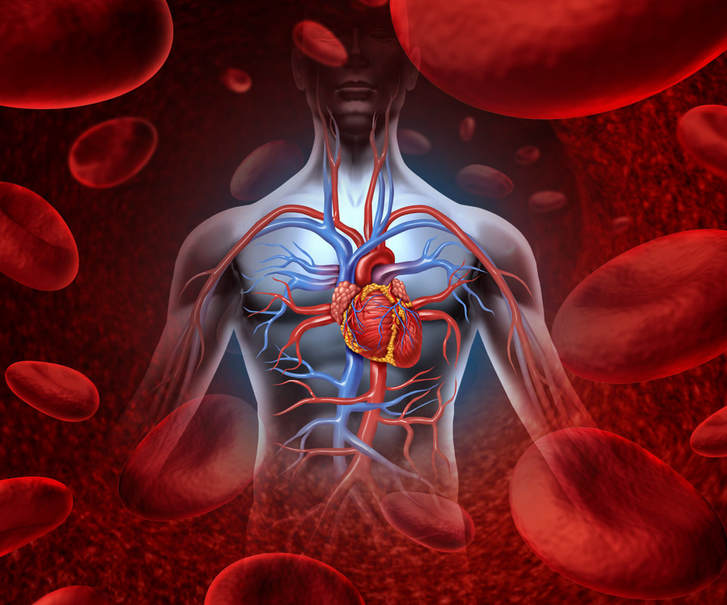
Red blood cells are highly specialized for their function of as exchange. 2 of these can be seen in the red blood cell's physical features.
- The Concave Shape of the Red Blood Cell - Red blood cells have an unusual shape. Their shape in concave, which means they inward. This unique shape allows the red blood cells to have an increased surface area to maximize the rate of gas exchange.
- Red Blood Cells Are Anucleated - Mature red blood cells do not have a nucleus and do not divide! This means that the red blood cells do not need very much energy in order to live out their short, hard-working gas-toting lives. They need very little oxygen themselves, which means that they can carry even more oxygen to the cells of the body that depend on it!.
THE WHITE BLOOD CELLS (LEUKOCYTES)
White blood cells come from hematopoietic stem cells found in bone marrow. Leukocytes are found everywhere in the body, including the blood of the circulatory system and the lymph of the lymphatic system. All white blood cells have nuclei and are easily distinguishable from red blood cells.
White blood cells are known as leukocytes. The general function of leukocytes is to protect the body against infectious diseases and foreign invaders.
White blood cells come from hematopoietic stem cells found in bone marrow. Leukocytes are found everywhere in the body, including the blood of the circulatory system and the lymph of the lymphatic system. All white blood cells have nuclei and are easily distinguishable from red blood cells.
White blood cells are known as leukocytes. The general function of leukocytes is to protect the body against infectious diseases and foreign invaders.
There are 5 types of leukocytes: Neutrophils, Eosinophils, Basophils, Monocytes, and Lymphocytes.
|
There are 2 categories of white blood cells;
Granulocytes appear "speckled" or granulated, because they contain secretory vessels. The secretory vessels stain purple with the hematoxylin nuclear stain.
There are 3 types of granular white blood cells:
|
Granulocytes |
Agranulocytes
Neutrophils
An easy way to spot a neutrophil in a practical exam is to look for white blood cells that have more than 2 lobes!
Basophils
An easy way to spot a basophil in a practical exam is to look for white blood cells that are completely colored purple!
Eosinophils
An easy way to spot an eosinophil in a practical exam is to look for white blood cells that exactly 2 lobes, and those lobes do not take up more than ~ 60% of the cell!
Lymphocytes
An easy way to spot a lymphocyte in a practical exam is to look for white blood cells that are completely colored purple, except for a sliver of cytoplasm.
Monocytes
An easy way to spot an monocyte in a practical exam is to look for white blood cells that have 2 huge lobes that may look kidney-shaped and will take up most of the cell!
|
The macrophages also have a specific immune function in addition to the non-specific phagocytosis (engulfing) of unwanted entities. This specific immune function is acquired through the action first identifying a particle being "foreign", or not belonging to the body. It does this by identifying the major histocompatibility complex proteins (MHCs) on the surface of the particle.
|
Each person has their own unique signature MHCs, except for identical twins, that enables the cells of their immune system to identify the cells of the body, and to be able to distinguish those cells from bacteria, parasites, and viruses. Even the body's own cells that have become mutated or infected with a pathogen will often show evidence of the change as a change in the signaling sequence of the MHCs on the surface of those affected cells..
Blood Disorders
Anemia
Anemia is a blood disorder characterized by having an abnormally low number of red blood cells in your blood. The decreased amount of red blood cells can result in excessive bleeding or even death, depending of the severity of the disorder.
In patients that are anemic, when an injury that causes bleeding occurs, the body will lose red blood cells faster than the body is able to replace them.
Anemia has several causes including malnutrition, vitamin B-12 deficiency, folic acid deficiency, or iron deficiency (the most common cause). Anemia can accompany many diseases, disorders and illnesses, including autoimmune disorders and exposure to environmental toxins.
In patients that are anemic, when an injury that causes bleeding occurs, the body will lose red blood cells faster than the body is able to replace them.
Anemia has several causes including malnutrition, vitamin B-12 deficiency, folic acid deficiency, or iron deficiency (the most common cause). Anemia can accompany many diseases, disorders and illnesses, including autoimmune disorders and exposure to environmental toxins.
Leukopenia
Leukopenia Ia a blood condition in which the number of white blood cells is lower than normal. When the number of white blood cells is too low (leukopenia), infections are more likely to occur.
Leukocytosis
A higher than normal number of white blood cells (leukocytosis) may not directly cause symptoms, but the high number of cells can be an indication of an underlying disorder such as an infection, inflammatory process or leukemia.
Platelets
Platelets (also called thrombocytes) are cell-like particles that are smaller than red or white blood cells. Platelets are fewer in number than red blood cells, with a ratio of about 1 platelet to every 20 red blood cells. Platelets help in the clotting process by gathering at a bleeding site and clumping together to form a plug that helps seal the blood vessel. At the same time, they release substances that help promote further clotting. When the number of platelets is too low (thrombocytopenia), bruising and abnormal bleeding become more likely. When the number of platelets is too high (thrombocythemia), blood may clot excessively causing a transient ischemic attack. When the number of platelets is extremely high, the platelets can absorb clotting proteins and paradoxically cause bleeding.
Platelets
Platelets (also called thrombocytes) are cell-like particles that are smaller than red or white blood cells. Platelets are fewer in number than red blood cells, with a ratio of about 1 platelet to every 20 red blood cells. Platelets help in the clotting process by gathering at a bleeding site and clumping together to form a plug that helps seal the blood vessel. At the same time, they release substances that help promote further clotting. When the number of platelets is too low (thrombocytopenia), bruising and abnormal bleeding become more likely. When the number of platelets is too high (thrombocythemia), blood may clot excessively causing a transient ischemic attack. When the number of platelets is extremely high, the platelets can absorb clotting proteins and paradoxically cause bleeding.


